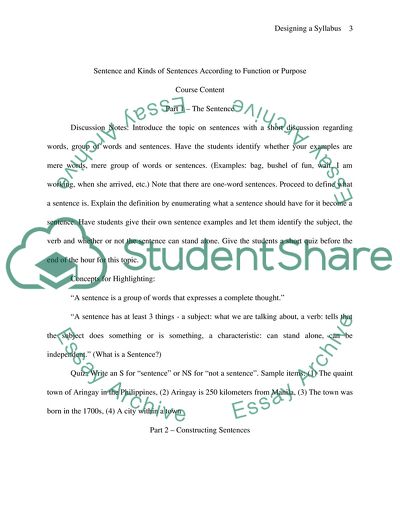Cite this document
(The Crashcourse to Syllabus Design Essay Example | Topics and Well Written Essays - 1750 words, n.d.)
The Crashcourse to Syllabus Design Essay Example | Topics and Well Written Essays - 1750 words. https://studentshare.org/education/1713632-designing-a-syllabus
The Crashcourse to Syllabus Design Essay Example | Topics and Well Written Essays - 1750 words. https://studentshare.org/education/1713632-designing-a-syllabus
(The Crashcourse to Syllabus Design Essay Example | Topics and Well Written Essays - 1750 Words)
The Crashcourse to Syllabus Design Essay Example | Topics and Well Written Essays - 1750 Words. https://studentshare.org/education/1713632-designing-a-syllabus.
The Crashcourse to Syllabus Design Essay Example | Topics and Well Written Essays - 1750 Words. https://studentshare.org/education/1713632-designing-a-syllabus.
“The Crashcourse to Syllabus Design Essay Example | Topics and Well Written Essays - 1750 Words”. https://studentshare.org/education/1713632-designing-a-syllabus.


